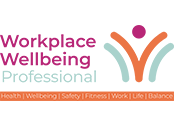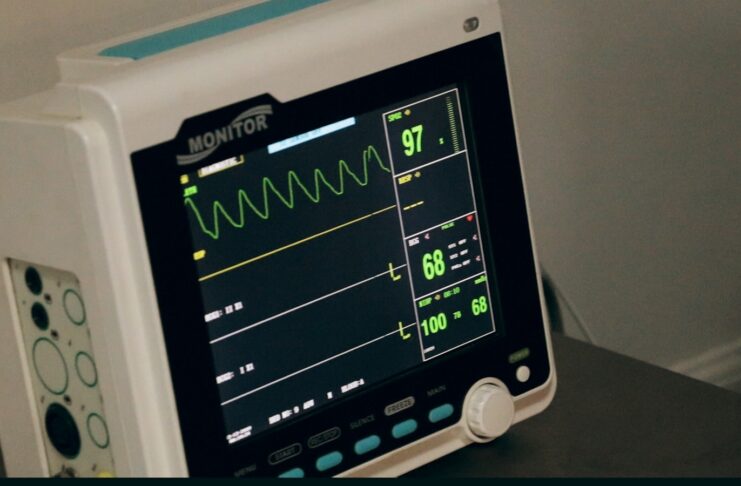Hospital admissions linked to everyday accidents are on the rise in the UK, with the latest data revealing a significant increase in incidents resulting in staff needing emergency medical care. Yet only a small proportion of employees have financial protection in place to cover the cost of time off or recovery.
Admissions to accident and emergency (A&E) departments increased by 3.8 percent and hospital admissions rose by 7 percent year-on-year, according to figures compiled by insurer MetLife UK.
The figures far exceed the UK’s population growth of 1.2 percent over the same period, indicating that people are becoming more accident-prone both at home and in the workplace.
Everyday Risks on the Job
While falls, trips and bumps remain the most common cause of hospital admissions, many accidents are work-related. Injuries sustained at work range from slips on wet floors, lifting heavy items or repetitive strain in office roles to being struck by equipment or suffering from overexertion in physically demanding jobs.
The report shows that “domestic and work accidents” account for nearly 60,000 hospital admissions annually, a figure that has risen by almost 8 percent compared to the previous year. Powered tools, overexertion, repetitive movements and contact with sports equipment are all cited as common factors.
Workplace transport accidents are also on the increase, with 61,069 hospital admissions last year, up 2.3 percent. This includes injuries sustained in car parks, on company vehicles or while commuting as part of a work role.
Injuries and Absence: The Cost to Workers
Among adults who experienced accidents serious enough to require hospitalisation, the most common injuries were broken bones (45 percent), muscle or ligament tears (20 percent) and concussion (16 percent). Others lost use of a joint, often as a result of strains, falls or overuse.
Tripping or falling was the leading cause (36 percent), followed by injuries during sporting activities (23 percent) and falls down stairs (17 percent). On average, adults admitted for accidents spent four days in hospital, although almost one in five required more than this, and 12 percent were in hospital for more than a week.
Extended recovery brings significant workplace disruption and financial risk, with employees often facing unpaid leave, loss of overtime or additional expenses such as travel, parking or private care. The risks are compounded for those without accident and sickness cover, with only 10 percent of people holding a suitable policy, the study says.
Growing Gap in Protection
Phil Jeynes, head of individual protection at MetLife UK, said the findings showed a gap between the risks people face and the steps they take to protect themselves.
“Just a year on from our first Everyday Risk Report, we’ve seen the number of injuries and hospital admissions increase as a result of everyday accidents. Even falls or trips, the most common every day cause behind hospital admissions, are overlooked as a major risk in people’s lives,” he said.
“What is striking is how many people are still not appropriately protected against these risks. Behind every statistic is a person, a family, a story of uncertainty, and it presents a clear need for individuals to have the right type of protection in place to safeguard them.
“That’s why we strive to offer simple protection products that are an everyday essential. Providing a reliable financial safety-net that can support them and their loved ones when life takes an unexpected turn, helps ease the financial strain and lets people recover and deal with the things that matter most.”
How Employers Can Respond
Experts in workplace wellbeing say that employers have a crucial role in accident prevention and staff protection. Practical steps include:
Prioritising safety training: Regular risk assessments and refreshers on safe working practices can help reduce the incidence of common injuries such as slips, trips, lifting and falls.
Improving reporting culture: Encouraging staff to report near misses and minor incidents helps organisations identify patterns and prevent more serious accidents.
Supporting return-to-work: Clear absence management policies, phased returns and access to occupational health can help staff recover and reintegrate after injuries.
Offering access to protection: Providing information about accident and sickness insurance, or offering it as a workplace benefit, can support staff in the event of injury or illness.
Promoting wellbeing: Integrating injury prevention into wider wellbeing initiatives – from stretching sessions to ergonomic workstations – helps create a safer and healthier workplace.
Everyday accidents may seem inevitable but the consequences for staff, families and businesses can be severe. Extended absence due to injury not only affects income but can also contribute to stress, anxiety and long-term health problems. The study findings suggest that a combination of prevention, early intervention and financial protection can make a significant difference in supporting staff wellbeing.


